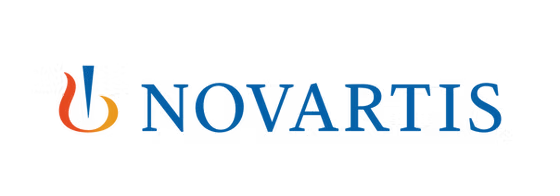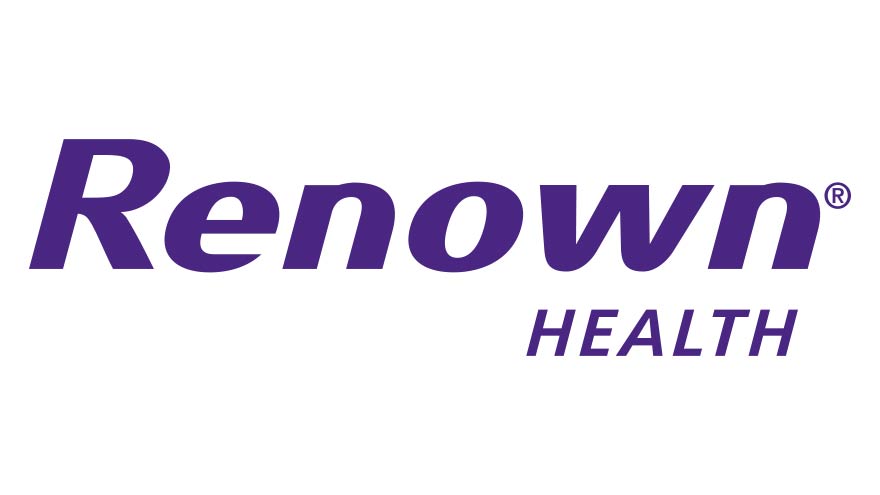
13 Oct 2022
While it's simple to lay the blame for today's recruiting difficulties on the job market, the skills gap, the pandemic, or even climate change, it's also simple to ignore what's in your direct line of sight. Could your company be making hiring errors that result in significant talent losses? It wouldn't be just you.
Some recruiting strategies are no longer valid
Everyday HR and recruiting teams use outdated recruiting strategies that don't work in the digitally transformed, dynamic talent market of today. As a result, there are not enough applicant pools and there are many frustrations.
Are you interested in finding out if your company is making some of the same mistakes and how to remedy them? Here are three typical errors in talent engagement and acquisition that Trioptus observes in the marketplace, along with suggestions for how to fix them.
First error: Giving in to the employer while ignoring the candidate
Many employers handle different phases of the hiring process in terms of what they need: the qualifications and experience they seek, the time, the compensation structure, the communication procedures, etc. They fail to take advantage of chances to improve and accommodate the candidate's experience, like:
Applications that communicate quickly. For instance, many businesses neglect to notice applications, resumes, and other communications from potential employees and instead only reply to those they are actively seeking. Employers find it frustrating when candidates behave exactly the same way.
Examining the demands and schedules of candidates. In terms of speed-to-offer and speed-to-hire, the same thing is possible. Before an offer can be made, many employers have a predetermined process of permissions and standards that must be fulfilled. The outcome is a slowdown that highly sought-after candidates are unlikely to put up with. A recent conversation I had with a dissatisfied talent acquisition leader from a long-standing "employer of choice" company revealed how the business's once-great hiring procedure no longer functions. It had been a well-oiled machine with a battery of tests and interviews and the capacity to handle 20,000 applications at once.
As a result of the faulty talent acquisition process restarting and the inability of the process to move rapidly enough to make hires, the company's recruiting teams are currently in trouble.
The takeaway is that excellent applicants will move on when the hiring process just considers the business' timeline.
How to Improve a Biased Hiring Process
Examine the complete recruitment life cycle from a new perspective. Analyze where candidates are taken into consideration in each stage of the process, from job posting through onboarding, and where they are being passed over. Interviewing those who have gone through the process, both those who took employment and those who declined is an excellent technique to learn what's working, where the recruitment phases may be discouraging candidates, and what could be improved.
Integrate interactivity and automation
Additionally, it seems sensible to strike a balance between automated and personal engagement. We got your application, and someone will be in touch with you within 24 hours with the next steps. Automation can be a great tool for quick changes. I appreciate you applying! Automated event reminders, such as "Your interview will be at X time and X location," are very helpful in the work life cycle. Thank you for coming 15 minutes early. We're eager to meet you. While automation reduces burdens for companies, personal outreach—even in modest amounts—helps prospects form genuine connections with your company. Real connections are also much more difficult to break than chatbots.
Evaluate your speed
It's crucial to keep track of the number of prospects who turned down your proposals because they came too slowly. There are numerous roles in which the procedure can be sped up, even if the speed of the offer relies on the role, level in an organization, assessment process, and employment package.
Mistake 2: Not Exploring Data Enough
Good data is truthful. It's an excellent tool for highlighting problems and openings in the hiring process. However, a lot of companies merely use recruitment data as an instantaneous snapshot, like:
Calculating a cost-per-hire ratio without considering the hiring process's quality. If a company doesn't evaluate talent quality, how can it quantify value?
Evaluating the number of applications received for each job ad without taking a look at the data from similar or different versions. Maybe the length of the position or the qualifications list intimidates the majority of applicants? If comparable positions perform better when they have fewer requirements and shorter job descriptions, this suggests that purposeful modifications to job postings are effective.
Disregarding market trends - When application numbers decline, does the company look at the market and any potential competition factors? Understanding recruitment entails being aware of both the internal dynamics of your company and the external factors affecting job seekers.
What Can Be Done to Enhance Data to the next level?
By establishing goals to measure, make data analytics a key component of the tracking and analysis process for hiring. Too long have HR and recruiter teams ignored the statistics in favor of anecdotal evidence of hiring struggles and successes. With the help of applicant tracking systems (ATSs) and other recruiting tools, companies can measure all aspects of recruitment performance, from determining which job postings are performing well to determining when and from where the majority of applicants arrive. This enables companies to conduct data-driven analyses of the results and make transformative changes based on concrete insights.
3rd error: Hasty tech integrations
Many companies purchase recruiting equipment and software without taking the time or effort to completely incorporate it into their internal hiring procedures. They miss out on the system's efficiencies and insights while the hiring procedure remains mostly unchanged.
How to Find Your Pilot
Do we have someone who can fly this plane? should be the first question you ask when using any new recruitment tech solution or platform. Is there an expert on staff who has the time to spend making sure the system's integration and distribution go smoothly? Exists a person who can assist with both technical issues and strategic inquiries? If not, it might be wise to work with an external partner, such as an RPO partner who is knowledgeable about the technology. For instance, Trioptus has an internal tech, research, and data team that is committed to ensuring clients can utilize the latest technologies as they develop a contemporary, digital recruitment process.
Goodbye Errors, hello Excellence with TriOptus
There is excellent news for any company that commits one or more of these hiring errors. You've just discovered a number of opportunities to significantly enhance your hiring results. With more applicant-centric, data-smart, and tech-driven recruitment, hiring and retention results TriOptus is here to improve.











Comments (0)